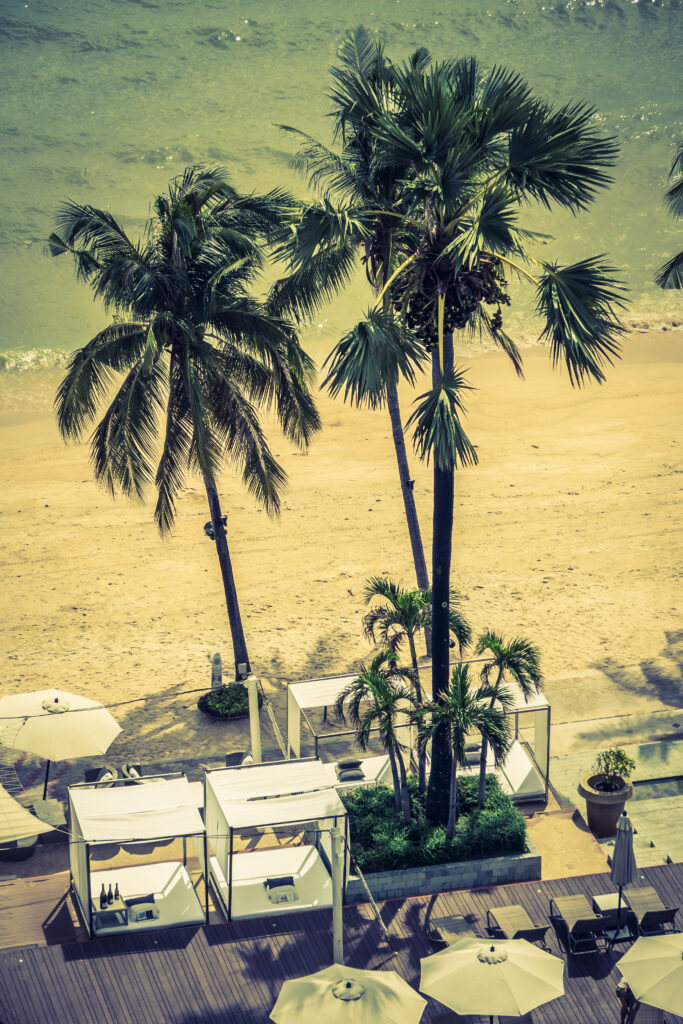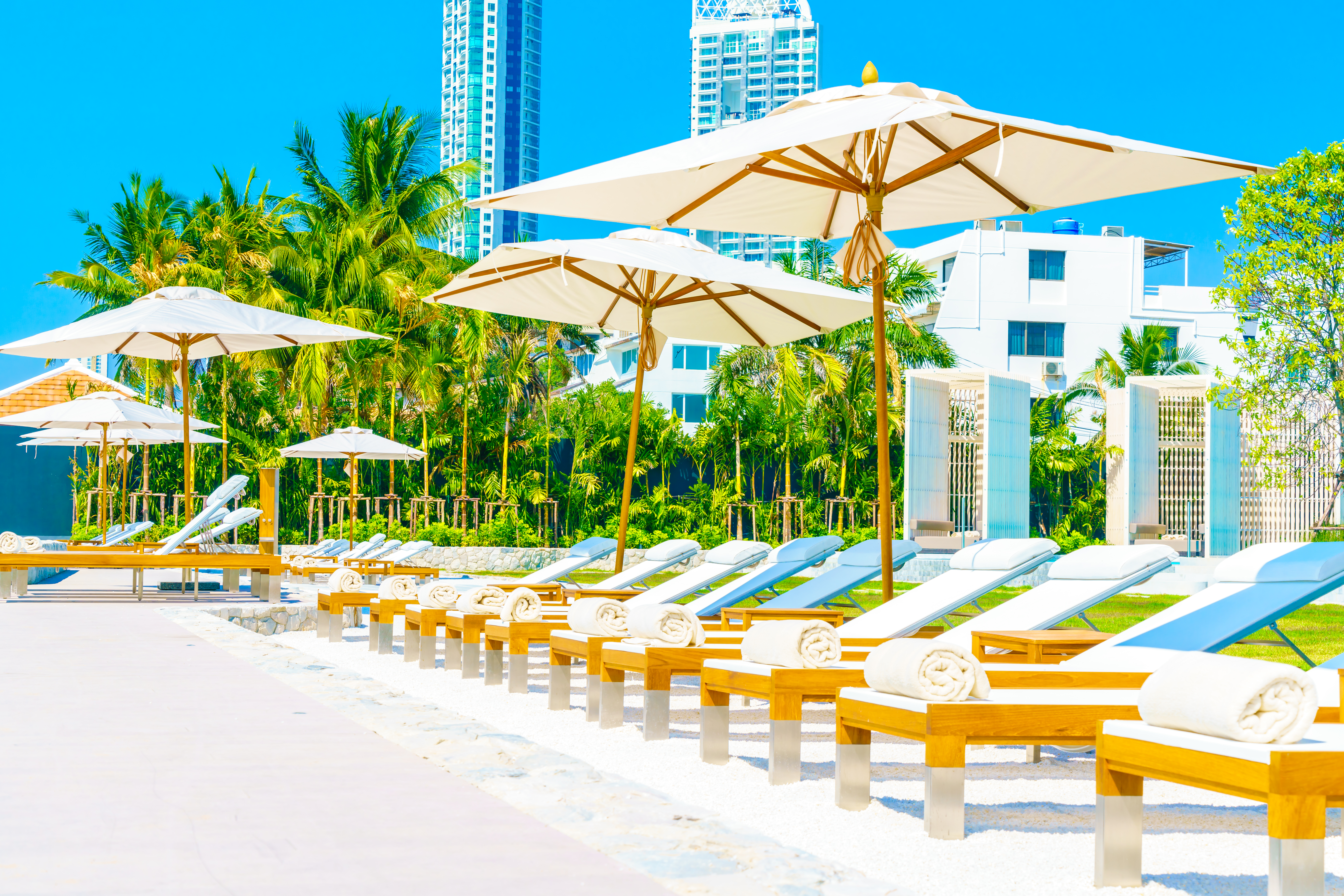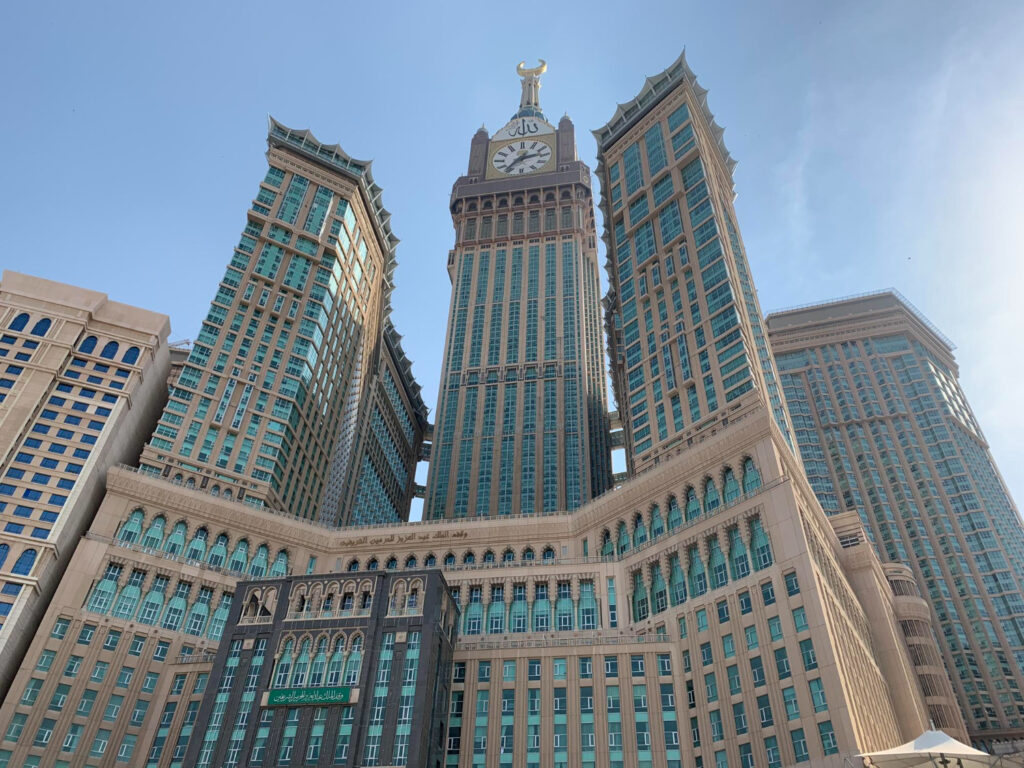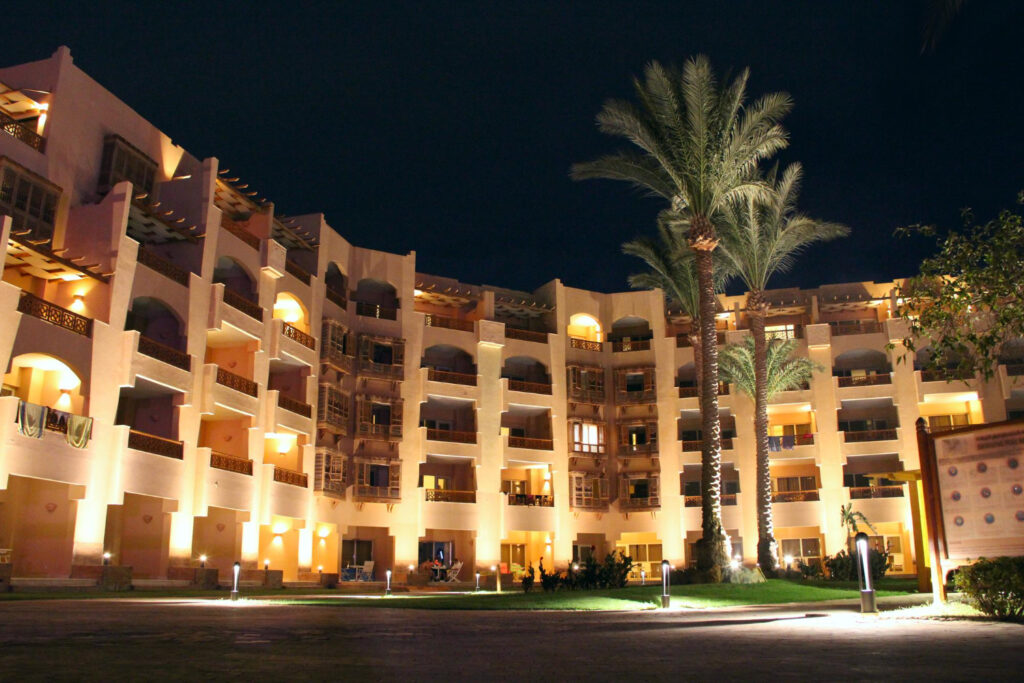Meeting Jeddah for the First Time
Do you remember the last time a place surprised you? I do. When my plane descended over the shimmering Red Sea and the cityscape of Jeddah came into view, I thought I knew what to expect: high‑rises, heat and hotels. But as I walked out of the arrivals hall, the first thing that hit me wasn’t the temperature, it was a scent. The air was thick with sea salt and spices, hinting at the layers of history and culture waiting to be uncovered.
If you have started planning a visit to Jeddah, chances are you’ve already been bombarded with glossy hotel ads and listicles that feel more like sales pitches than guidance. So let’s take a different approach. Instead of pushing you to “book now,” let’s explore what it actually feels like to be here, and how to choose a hotel that enhances your experience. There’s no single “right” way to enjoy Jeddah; rather, there are stories in the stones of its old town and flavours in its street food that will linger long after you return home.
My goal is to help you make sense of it all..
Listening to the Echoes of History
To understand Jeddah today, it helps to look back. For centuries, this city has been a gateway to Mecca. In the 7th century it became a vital port for trade routes crossing the Indian Ocean, welcoming pilgrims and merchants. That dual role (commerce and spirituality) shaped Jeddah into a melting pot long before the term existed.
Walking through Al‑Balad, the historic district, you’ll feel the weight of that heritage. Coral stone buildings lean over narrow alleys, their latticed wooden balconies (Roshan) filtering sunlight just as they did when merchant families lived here
One afternoon, I wandered into Nassif House, a four‑storey residence built in 1872 for Sheikh Omar Effendi Nassif. King Abdulaziz himself lived here when he first took Jeddah in 1925, but what captivated me more were the details: windcatchers carved into the walls to funnel cool air, the creamy coral limestone that kept rooms temperate, and the sense that every floor told a story. In a city rushing towards the future, these architectural whispers remind you how much care went into making homes comfortable before air conditioning existed. It’s humbling and it sets the stage for the hospitality you’ll encounter today.
Breathing with the Sea
Leaving Al‑Balad, you might be tempted to retreat into your hotel. Instead, follow the locals to the Jeddah Corniche, a 30‑kilometre coastal promenade hugging the Red Sea. Here, the city exhaled. Couples picnic under palm trees; children chase birds; fishermen cast lines into the surf. There’s art, too, large sculptures dot the path, and the Al‑Rahmah Mosque seems to float above the water. In the distance, King Fahd Fountain shoots a jet of water 300 metres into the sky. If you’re feeling overwhelmed by travel logistics, an evening stroll here resets the mind. It’s not about ticking off attractions; it’s about sharing space with a city that has always leaned into the waves for solace.
Finding Hidden Stories

Jeddah rewards curiosity. Beyond its famous sights, neighbourhoods like Hayy Jameel and Al‑Shati showcase Saudi Arabia’s contemporary art scene. In Hayy Jameel, I attended a film screening with young Saudis discussing climate change and culture. In Al‑Shati, I discovered a café whose walls were covered with poetry by local writers. These spaces aren’t on tourist maps; they’re part of a living city that is constantly reimagining itself.
Cultural connection also runs through food. One evening, a friend invited me to her family’s home for dinner. The main course was Kabsa, a fragrant mix of basmati rice, chicken, vegetables and spices like cardamom, saffron and cinnamon. We ate from a shared platter on the floor, talking about everything from childhood games to the challenges of preserving old buildings. As I write this, I can still taste the sweetness of the raisins and the warmth of the conversation. Such experiences remind us that hospitality in Jeddah isn’t only about hotel amenities; it’s about being welcomed into a community.
Travelling with Respect
Before you book flights and rooms, it’s worth considering a few practicalities. Jeddah’s climate is extremely hot from April through October; if you can, visit between November and March when temperatures are milder and evenings pleasant. Dress codes matter: both men and women should choose loose, modest clothing. You’ll notice how local women incorporate colourful scarves and embroidered details to express style within cultural norms. Five times a day, the call to prayer echoes across the city; some shops pause business. I found these moments beautiful, opportunities to slow down.
Sustainability is also gaining momentum. Many of Jeddah’s newer hotels have adopted eco‑friendly practices: using solar panels, recycling water, reducing single‑use plastics. When I checked into one such hotel, they offered me a reusable water bottle with refilling stations on each floor. As travellers, our choices reinforce these efforts. Opt for hotels that prioritise energy efficiency and ask about their environmental programmes. Little actions like carrying a tote bag for shopping, refusing plastic cutlery, add up.
Choosing Your Resting Place
Now for the question on everyone’s mind: where should you stay? The answer depends on what you hope to feel at the end of each day. Below are four types of experiences These aren’t commands; think of them as suggestions from a fellow traveller who wants you to find your own fit.
- A Breath of Luxury: After a morning exploring Al‑Balad, sometimes you crave a sanctuary where every need is anticipated. That’s what I found at The Ritz‑Carlton. The lobby smelled faintly of sandalwood, the sea breeze filtered through panoramic windows, and staff remembered my name after one day. If you’ve had a long journey and need to replenish, this could be your haven.
- Culture with Comfort: When I wanted to stay somewhere that reflected Jeddah’s artistic soul, I chose Assila. The property doubles as a gallery with Hejazi‑inspired decor. In the mornings, I’d sip Arabic coffee in the library, leafing through books about the city’s coral architecture. If you’re drawn to design and culture, this might speak to you.
- Family First: Travelling with kids adds another layer of logistics. On a subsequent visit with my sister and her two children, we checked into Mövenpick Resort. The kids splashed in the pool while we relaxed on shaded loungers. There were activities for all ages, from cooking classes to beach clean‑ups. It helped that the hotel provided spacious suites, no one felt cramped after a day of sightseeing.
- A Room with a View: If waking up to sunrise over the Red Sea sounds like your idea of bliss, consider Shangri‑La Jeddah. The first morning there, I watched fishermen launching their boats as the sky turned pink. That scene set the tone for a day of calm exploration. For travellers who find energy in watching the sea, such a view can be transformative.
These options are examples, not prescriptions. When choosing a hotel, think about your daily rhythm. Do you plan to spend most of your time exploring, returning only to sleep? Then convenience and easy access to public transit might trump amenities. Are you looking for a retreat where you can read by the pool and indulge in spa treatments? Luxury resorts might be worth the splurge. Use these considerations as a compass.
Practical Wisdom for Your Trip
To make the most of your visit, keep these tips in mind:
- Timing is Everything: High season runs from November to March. Hotel prices and availability reflect this, so book early.
- Connectivity: Free Wi‑Fi is standard in most hotels and cafés. If you’re a digital nomad, look for spots with comfortable seating and plenty of outlets.
- Getting Around: Ride‑hailing apps like Careem and Uber are widely used. Traffic can be intense during rush hour; planning around prayer times often helps.
- Safety: Jeddah is generally safe, but like any city, stay aware of your surroundings. Keep hydration top of mind; carry a reusable bottle, especially in summer.
Departing with Gratitude
On my last night in Jeddah, I returned to the Corniche to watch the fountain dance under moonlight. Children still laughed, couples still strolled, and the sea still sang its perpetual song. I realised that what makes Jeddah special isn’t just its history or its hotels; it’s the way those elements come together to create a place that welcomes you as both guest and friend. I hope this guide has helped you see beyond the advertising to the heart of the city. Trust your curiosity, honour local customs, choose accommodations that align with your values, and let the stories you gather here stay with you long after the salt has left your hair


